year: 1949
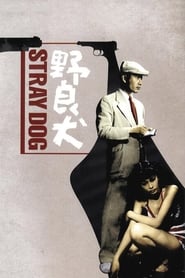
Stray Dog
A bad day gets worse for young detective Murakami when a pickpocket steals his gun on a hot, crowded bus. Desperate to right the wrong, he goes undercover, scavenging Tokyo’s sweltering streets for the stray dog whose desperation has led him to a life of crime. With each step, cop and criminal’s lives become more intertwined and the investigation becomes an examination of Murakami’s own dark side.
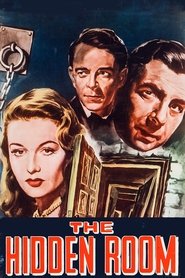
Obsession
A British psychiatrist devises a devilish revenge plot against his wife's lover.
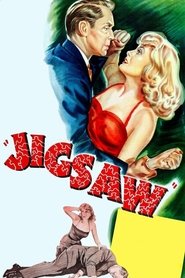
Jigsaw
New York Assistant District Attorney Howard Malloy launches an investigation into a series of murders related to a neo-fascist organisation.
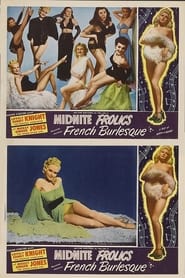
Midnight Frolics
Filmed record of a burlesque show, with Sunny Knight ("The Golden Girl of the Golden West") as the headliner.

King of the Rocket Men
Prof. Millard pretends to be dead and helps Jeff King ferret out Vulcan, the evil traitor at the science academy. Donning his Rocket Man costume King goes from one hair raising rescue to the next in order to keep the newly invented Decimator out of the clutches of Vulcan and his minions.
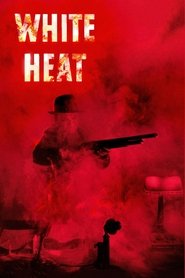
White Heat
A psychopathic criminal with a mother complex makes a daring break from prison and then leads his old gang in a chemical plant payroll heist. After the heist, events take a crazy turn.

Samson and Delilah
When strongman Samson rejects the love of the beautiful Philistine woman Delilah, she seeks vengeance that brings horrible consequences they both regret.

The Adventures of Ichabod and Mr. Toad
The Wind in the Willows: Concise version of Kenneth Grahame's story of the same name. J. Thaddeus Toad, owner of Toad Hall, is prone to fads, such as the newfangled motor car. This desire for the very latest lands him in much trouble with the wrong crowd, and it is up to his friends, Mole, Rat and Badger to save him from himself. - The Legend of Sleepy Hollow: Retelling of Washington Irving's story set in a tiny New England town. Ichabod Crane, the new schoolmaster, falls for the town beauty, Katrina Van Tassel, and the town Bully Brom Bones decides that he is a little too successful and needs "convincing" that Katrina is not for him.
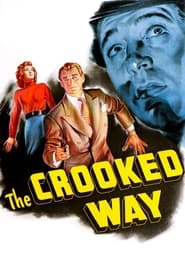
The Crooked Way
A war veteran suffering from amnesia, returns to Los Angeles from a San Francisco veterans hospital hoping to learn who he is and discovers his criminal past.
Märchen vom Glück
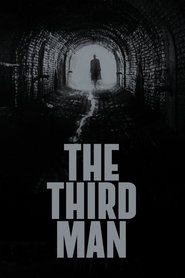
The Third Man
In postwar Vienna, Austria, Holly Martins, a writer of pulp Westerns, arrives penniless as a guest of his childhood chum Harry Lime, only to learn he has died. Martins develops a conspiracy theory after learning of a "third man" present at the time of Harry's death, running into interference from British officer Major Calloway, and falling head-over-heels for Harry's grief-stricken lover, Anna.
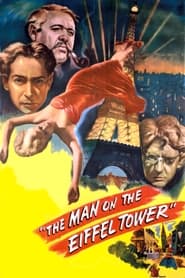
The Man on the Eiffel Tower
A down-and-out student is hired to kill a wealthy woman. When someone else is suspected of the crime, the student taunts police until they realize that they may have to wrong man.
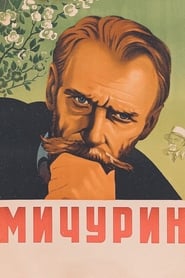
Life in Bloom
About the life of the Russian biologist Ivan Michurin. 1912 year. Having rejected American offers to work abroad, Michurin continues his research in the Russian Empire, despite the fact that his ideas are not perceived by the tsarist government, the church and idealistic science. Michurin is supported by prominent scientists of the country and he continues to work hard. After the October Revolution, a small Michurin garden in the city of Kozlov (the biologist's homeland) becomes a large state nursery.
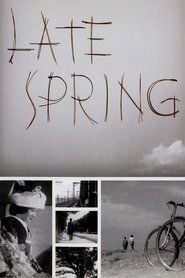
Late Spring
Noriko is perfectly happy living at home with her widowed father, Shukichi, and has no plans to marry -- that is, until her aunt Masa convinces Shukichi that unless he marries off his 27-year-old daughter soon, she will likely remain alone for the rest of her life. When Noriko resists Masa's matchmaking, Shukichi is forced to deceive his daughter and sacrifice his own happiness to do what he believes is right.
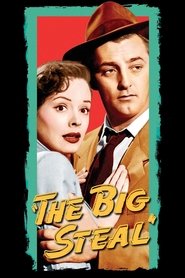
The Big Steal
Army Lieutenant Halliday, accused of stealing the Army payroll, pursues the real thief on a frantic chase through Mexico aided by the thief's ex-girlfriend and is in turn being chased by his accuser, Capt. Blake.
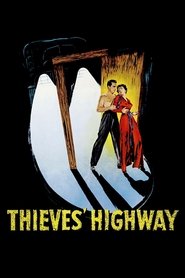
Thieves' Highway
Nick Garcos comes back from his tour of duty in World War II planning to settle down with his girlfriend, Polly Faber. He learns, however, that his father was recently beaten and burglarized by mob-connected trucker Mike Figlia, and Nick resolves to get even. He partners with prostitute Rica, and together they go after Mike, all the while getting pulled further into the local crime underworld.
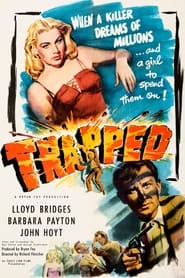
Trapped
Secret Service agents make a deal with a counterfeiting inmate to be released on early parole if he will help them recover some bogus moneymaking plates, but he plans to double-cross them.

It Happens Every Spring
A scientist discovers a formula that makes a baseball which is repelled by wood. He promptly sets out to exploit his discovery.
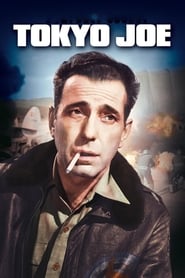
Tokyo Joe
An American veteran returns to Tokyo to try to pick up the threads of his pre-World War II life there, but finds himself squeezed between criminals and the authorities.
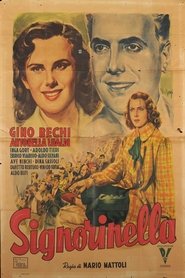
Signorinella
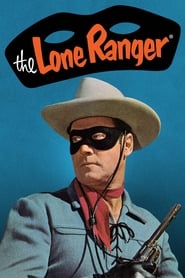
The Lone Ranger
The Lone Ranger is an American western television series that ran from 1949 to 1957, starring Clayton Moore with Jay Silverheels as Tonto. The live-action series initially featured Gerald Mohr as the episode narrator. Fred Foy served as both narrator and announcer of the radio series from 1948 to its finish and became announcer of the television version when story narration was dropped there. This was by far the highest-rated television program on the ABC network in the early 1950s and its first true "hit".
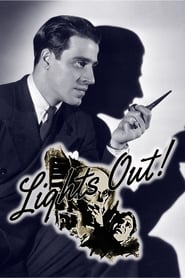
Lights Out
Lights Out was an extremely popular American old-time radio program, an early example of a network series devoted mostly to horror and the supernatural, predating Suspense and Inner Sanctum. Versions of Lights Out aired on different networks, at various times, from January 1934 to the summer of 1947 and the series eventually made the transition to television. In 1946, NBC Television brought Lights Out to TV in a series of four specials, broadcast live and produced by Fred Coe, who also contributed three of the scripts. NBC asked Cooper to write the script for the premiere, "First Person Singular", which is told entirely from the point of view of an unseen murderer who kills his obnoxious wife and winds up being executed. Variety gave this first episode a rave review ("undoubtedly one of the best dramatic shows yet seen on a television screen"), but Lights Out did not become a regular NBC-TV series until 1949.

Suspense
An anthology series adapted from the radio program of the same name. Like the radio program, many scripts were adaptations of literary classics by well-known authors. Classic authors such as Edgar Allan Poe, Agatha Christie, and Charles Dickens all had stories adapted for the series, while contemporary authors such as Roald Dahl and Gore Vidal also contributed.

The BAFTA Awards
BAFTA presents awards for film, television and games, including children's entertainment, at a number of annual ceremonies across the UK and in Los Angeles, USA.
Fireside Theater
Fireside Theater is an American anthology drama series that ran on NBC from 1949 to 1958, and was the first successful filmed series on American television. Stories were low budget and often based on public domain stories or written by freelance writers such as Rod Serling. While it was panned by critics, it remained in the top ten most popular shows for most of its run. It predated the other major pioneer of filmed TV in America, I Love Lucy, by two years.

The Emmy Awards
An annual awards ceremony honoring the best in U.S. prime time television programming as chosen by the Academy of Television Arts & Sciences.
The Ed Wynn Show
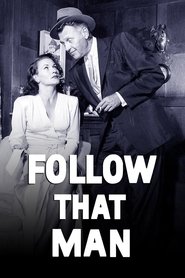
Man Against Crime
Man Against Crime, one of the first television programs about private eyes, ran on CBS, the DuMont Television Network and NBC from October 7, 1949 to August 26, 1956. The show was created by Lawrence Klee and Paul Alter and was broadcast live until 1952. It was also directed by Paul Alter. The series was one of the few television programs ever to have been simulcast on more than one network: the program aired on both NBC and DuMont during the 1953-1954 television season.
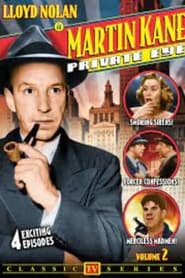
Martin Kane, Private Eye
Martin Kane, Private Eye was an early radio series and television crime series sponsored by United States Tobacco Company.
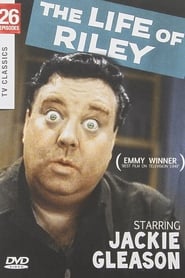
The Life of Riley
Riley worked in an aircraft plant in California, but viewers usually saw him at home, cheerfully disrupting life with his malapropisms and ill timed intervention into minor problems. His stock answer to every turn of fate became a catch phrase: 'What a revoltin' development this is!"
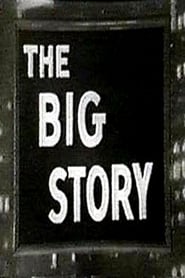
The Big Story
Based on a popular radio series, each show tells a different reporter's Big Story, a true story selected from newspapers across the United States. Comments from the actual reporter open and close each show but the permanent narrator drives the plot line and a featured actor dramatizes the reporter's role.
A Woman to Remember
A Woman to Remember is a soap opera which ran on the DuMont Television Network from February 21, 1949 to July 15, 1949. The show initially ran in daytime, but starting May 2, aired Monday through Friday from 7:30 to 7:45 pm ET. John Haggart served as creator and writer, and Bob Steele was producer and director. The show followed Captain Video and His Video Rangers and had no sponsor.
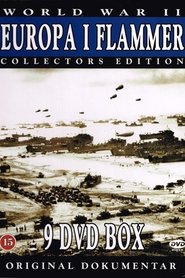
Crusade in Europe
The Clock
The Clock is a 30-minute American anthology television series based upon the American Broadcasting Company radio series which ran from 1946–48. The half-hour series mostly consisted of original dramas concerning murder, mayhem or insanity. Series narrator Larry Semon was the only regular; each week a new set of guest stars were featured. The title of the series was derived from a clock which was a major plot element in each story. The show's musical theme was "The Sands of Time". Ninety-one episodes aired from 1949 to 1952, most of them on NBC, except for the final season which aired on ABC. Courtesy of Wikipedia.
Hands of Murder
Hands of Murder was an American mystery/anthology series that aired on the DuMont Television Network.
The Silver Theatre
The Silver Theatre is a television series that was broadcast on the CBS television network from 1949 to 1950. It was a live anthology series consisting of dramatic teleplays about romance. It was sponsored by the International Silver Company.
The Plainclothesman
The Plainclothesman was an American crime drama series broadcast on the now defunct DuMont Television Network.
Mama
Mama was a weekly Maxwell House and Post-sponsored CBS television comedy-drama series from July 1, 1949 until March 17, 1957.
Cavalcade of Stars

The Goldbergs
The Goldbergs is a comedy-drama broadcast from 1929 to 1946 on American radio, and from 1949 to 1956 on American television. It was adapted into a 1948 play, Me and Molly, a 1950 film The Goldbergs, and a 1973 Broadway musical, Molly.